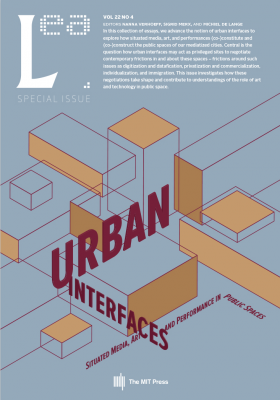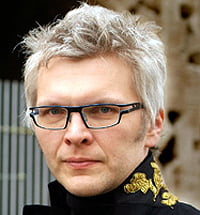
By William Urricchio
Leonardo Electronic Almanac
Volume 22, Number 4
Humans have long ‘marked’ the world, cities included, augmenting their surroundings with traces of their experience. They have learned to read the signs inscribed on the world’s surface, whether in search of prey or precedent. And they have sorted out how to give those marks coherence, whether as narrative or insight. Publically deployed, discovery-based, or even personal, augmentation’s inherently dialogic character requires reality for its work. This essay considers today’s AR technologies in terms of these more deeply embedded practices of augmentation, particularly as they play out as interfaces in urban places. It explores underlying continuities between earlier augmentation practices and our own, suggests strategies that can usefully inform our deployment of AR technologies, and points to semiotic reciprocities that can help AR move from the gadget du jour to an ally in a profoundly human conversation.




